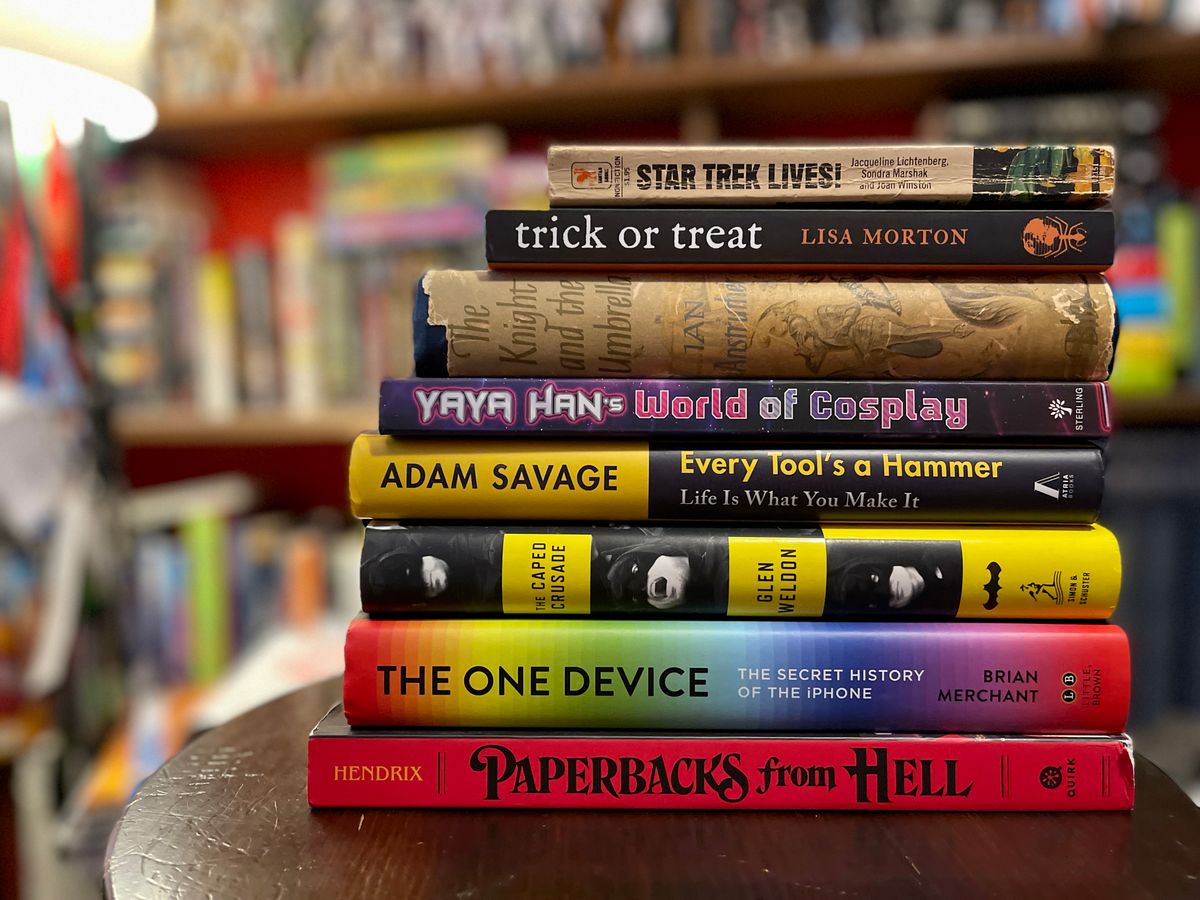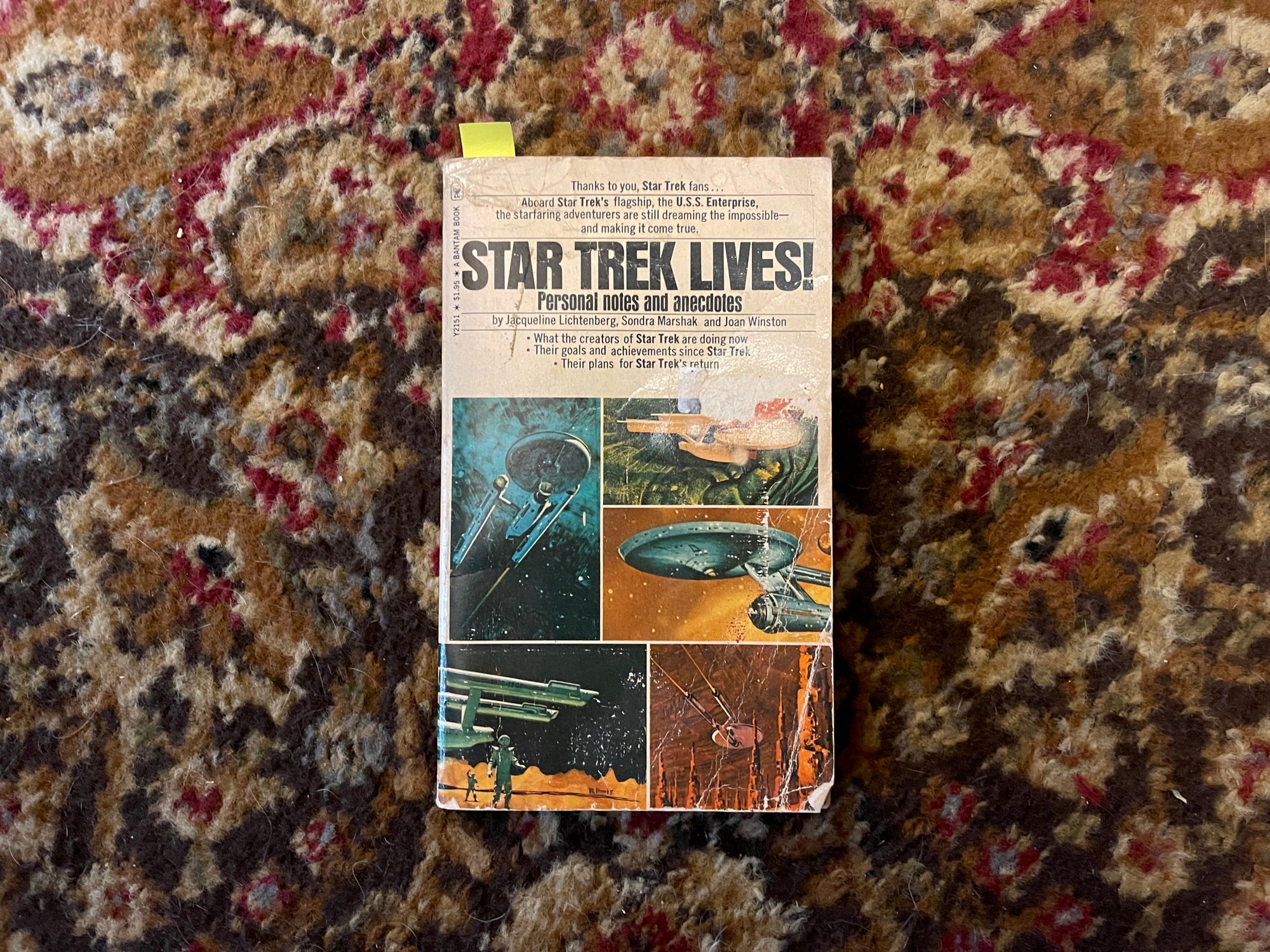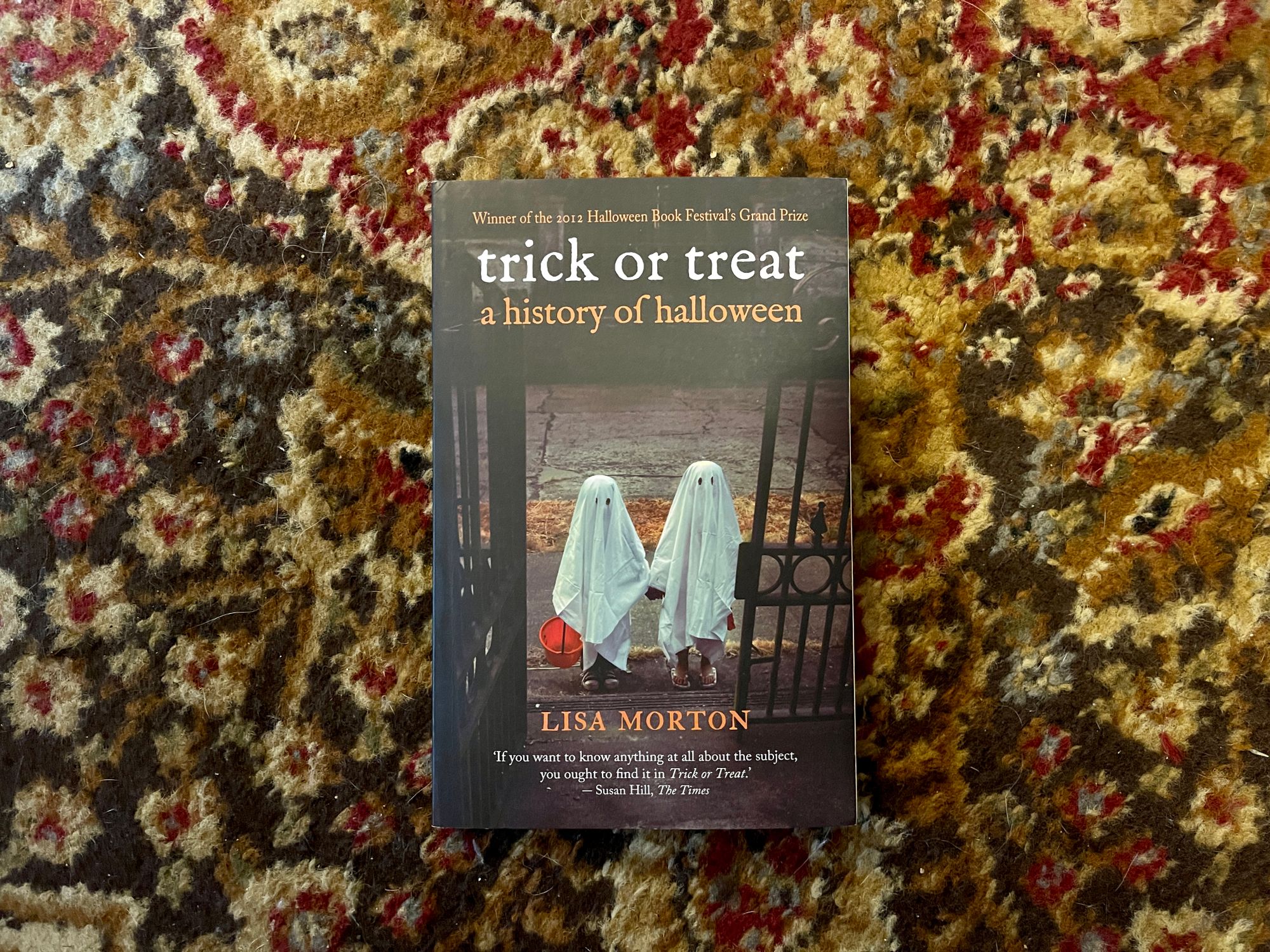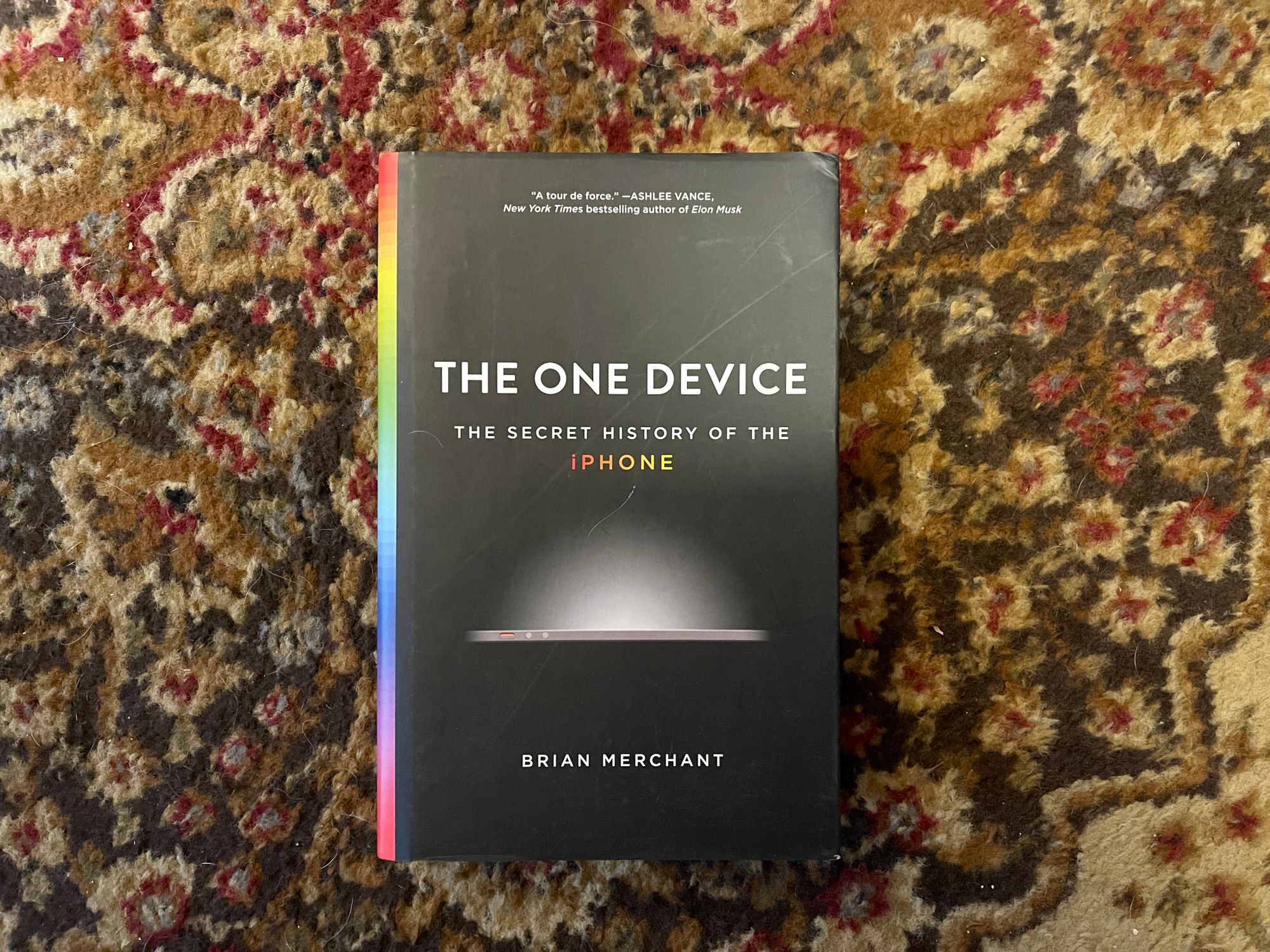Eight books that helped shape my own
Some books that influenced the journey

Hello!
So, in case you've missed it, I have a book out: Cosplay: A History: The Builders, Fans, and Makers Who Bring Your Favorite Stories to Life. I've talked a lot about it in recent months, but today, I wanted to highlight a couple of the books that helped nudge Cosplay from an idea in my head to the book that it now is.
This is not an exhaustive list: I've got a bookshelf loaded with dozens of histories, museum catalogs, memoirs, photo books, and more (not to mention the hundreds of hours of interviews I conducted) that I used to help research and write this book.
But there are a couple that were particularly important along the way. Here they are, in order of spine height:

Star Trek Lives! Personal Notes and Anecdotes by Jacqueline Lichtenberg, Sondra Marshak, and Joan Winston
Cosplay is a book about fandom, and I don't think there's any fandom out there that's quite as storied or influential as that of Star Trek. I interviewed a bunch of fans in the midst of work on this book, and one of the biggest turning points for me came from Astrid Bear, who was in the SF convention scene at the time, and dressed up as a character from the series at one point. Costuming had been a thing at conventions up to that point, but it was a structured thing that you really only saw at a masquerade, rather than out all over the place like a modern con. Bear noted that it was Star Trek that helped make that happen. The costumes were comfortable, and it was easy to just walk around as Spock all day.
That bit of inspiration led me to Star Trek Lives!, a 1975 paperback from a trio of fans who were at the center of the Star Trek fan movement. It's hard to underscore how big the show was in fandom: it changed the nature of SF fandom, not only by introducing more people than ever to science fiction, but also introduced more women and ways of expressing one's fandom to the scene. This book provided a wealth of detail about how the franchise changed things, how fans went and set up their own conventions, their own fanzines, and traditions, and set the mold for everything that would follow.

Trick or Treat: A History of Halloween by Lisa Morton
One of the things that I talk a bit about that I haven't really seen in other cosplay books is the influence of bigger cultural things on the scene: most just talk about conventions and franchises. That's not to say that they're bad or wrong, but one of the things I wanted to take a deeper look into was the influence of something like Halloween, and the idea of how we came to wear costumes in public for things other than plays or movies.
Morton's book is a fun overview of the holiday, stretching back into ancient times to look at the Pagan and religious roots of the holiday, and stretching forward to the modern day. One of the interesting things that I gleaned out of it and other books, like David J. Skal's Death Makes a Holiday: A Cultural History of Halloween was how the holiday changed over the years, and interestingly, how elements of trick or treating originated with Thanksgiving, and eventually morphed into a Halloween tradition. (I wrote a bit about that for Cosplay Central.)

The Knight and the Umbrella: An Account of the Eglinton Tournament — 1839 by Ian Anstruther
Halloween was one under-examined aspect of cosplay, and another element that I pushed hard to include in the book were some of things that I consider falling under the wider umbrella of cosplay: reenacting and living history. I spoke with a bunch of reenactors at World War II and Civil War events, and at museums like Fort Ticonderoga. I look at them like this: they're instances where people are engaging with a story, whether it's a historically-based one, or a fictional one.
While researching the book, I came across a gorgeous image (I really need to get a print of this printed up for my wall) from the Eglinton Tournament, something that's considered a bit of a precursor to the entire field of reenacting: people putting on historically-based garments to recreate the past. I ended up finding Anstruther's book, which provides a blow-by-blow account of the event, some of which I recount in my own.

Yaya Han's World of Cosplay: A Guide to Fandom Costume Culture by Yaya Han
This was a bit of a latecomer to the process of writing Cosplay: A History: it came out in August 2020, after I'd largely finished the book. But I picked it up when it came out, and ended up expanding a couple of sections based on what I read.
Han was someone I'd hoped to interview for the book, but I never quite ended up connecting with her. She's one of the highest-profile cosplayers out there, and has been in the modern scene since its early years, and her book sheds quite a bit of light on the importance of some of the early websites that helped form the foundation of the cosplay movement, and about her own life and creativity that's helped guide her a she's put together an incredible career as a cosplayer.

Every Tool's a Hammer: Life is What You Make It by Adam Savage
When I started thinking about this book, I knew that if there was one person I'd have to talk to, it was Adam Savage. I'd interviewed him over the years, but I had a pivotal interview with him in the spring of 2017 when he was touring on his live show, Brain Candy Live!, in which I sat down and chatted with him about creativity, moving on from Mythbusters, and making things. I caught up with him at the next two San Diego Comic-Cons to talk about space suits and what he carries in his bag, and each time, I came away with a renewed appreciation for his enthusiasm for cosplay and building.
When I set off for Star Wars Celebration in the spring of 2019, I packed along his book (I think it was an advance copy that I'd gotten my hands on.) The book had sold and we'd signed all the paperwork, and were just waiting to announce it, and at that con, I started conducting the first couple of interviews in my research for the book. I read Every Tool's A Hammer in pretty much a sitting (not hard to do when you're on a train), and it helped inform the types of questions I was interested in answering with my own book: how does one's creative tendencies translate out into this hobby? How did technology and the tools we use impact the growth of cosplay into a mainstream phenomenon? This book is also a great thing to read at the start of a big project: it helped me deal with setbacks, how to adapt to changes, and generally be a more creative person.

The Caped Crusade: Batman and the Rise of Nerd Culture by Glen Weldon
Glen Weldon's a culture critic for NPR, and I've long been a fan of Batman. This is one of the books that I hold up as a great piece of cultural inspection: not only is it a good history of how the character has evolved with time and endless publications, it's an intriguing look at fandom and fan culture, and how they've shaped not only the character, but the industry they're a part of.
This is a wide-ranging book on a specific character, but it's the sort of book that really hones in on something that's in the center of a cultural movement. Cosplay isn't so much a book about the building and history of the movement as it is about fandom — why we like the things we like, to the point where we're dressing up in costume.

The One Device: The Secret History of the iPhone by Brian Merchant
If there's one book that I can point to about how Cosplay: A History came about, it's Brian Merchant's The One Device. I read the book when it came out, and was impressed that this wasn't so much a book about the ins and outs of how Apple created the iPhone, it was a history of how all of these other things came about, and then ended up in the iPhone — things like cameras, touch screens, keyboards, lithium, batteries. He covers social things: what's the impact on the miners who pull the raw materials out of the ground to make these devices? How about the Chinese workers who are worked to death, or the guys who help put up cell towers to provide the signal?
This was a book that went far beyond the actual device: it was a principled, in-depth look at the entire ecosystem. That was a huge influence in shaping how I saw my book: what are the forces that shape the hobby — how did things like cameras and movies and 3D printers and EVA foam come about to end up in the creation of costumes? Why do I point to social media (rather than something like a printer) as the most important technology behind the hobby? This book helped lead the way.
Another book that I'd point to in much the same vein is Marueen Ogle's In Meat We Trust: An Unexpected History of Carnivore America, an in-depth look at the history of meat and meat production in the US, and which takes a similar approach to his sort of topic: one that goes far beyond a straight-up history, and which looks at some of the moral and ethical considerations that shape our wider culture.

Paperbacks from Hell: The Twisted History of '70s and '80s Horror Fiction by Grady Hendrix
When I sat down to pitch this project and discuss it with my then-editor Joe Monti in 2019, he suggested that he had an idea of what the book would end up looking like: Grady Hendrix's Paperbacks from Hell, an oversized trade paperback with lots of pictures. It was a good model to follow, even if my book doesn't have nearly as many pictures as Hendrix's does. (We'd intended to have more, but ended up cutting way back on them.)
One of the things that I like about this book is how conversational it is: Hendrix's book isn't a super dense academic treatise on horror paperbacks; it's an accessible, interesting, and informative read about them and their influences, broken up into chapters and section that highlight specific tropes, books, and authors.